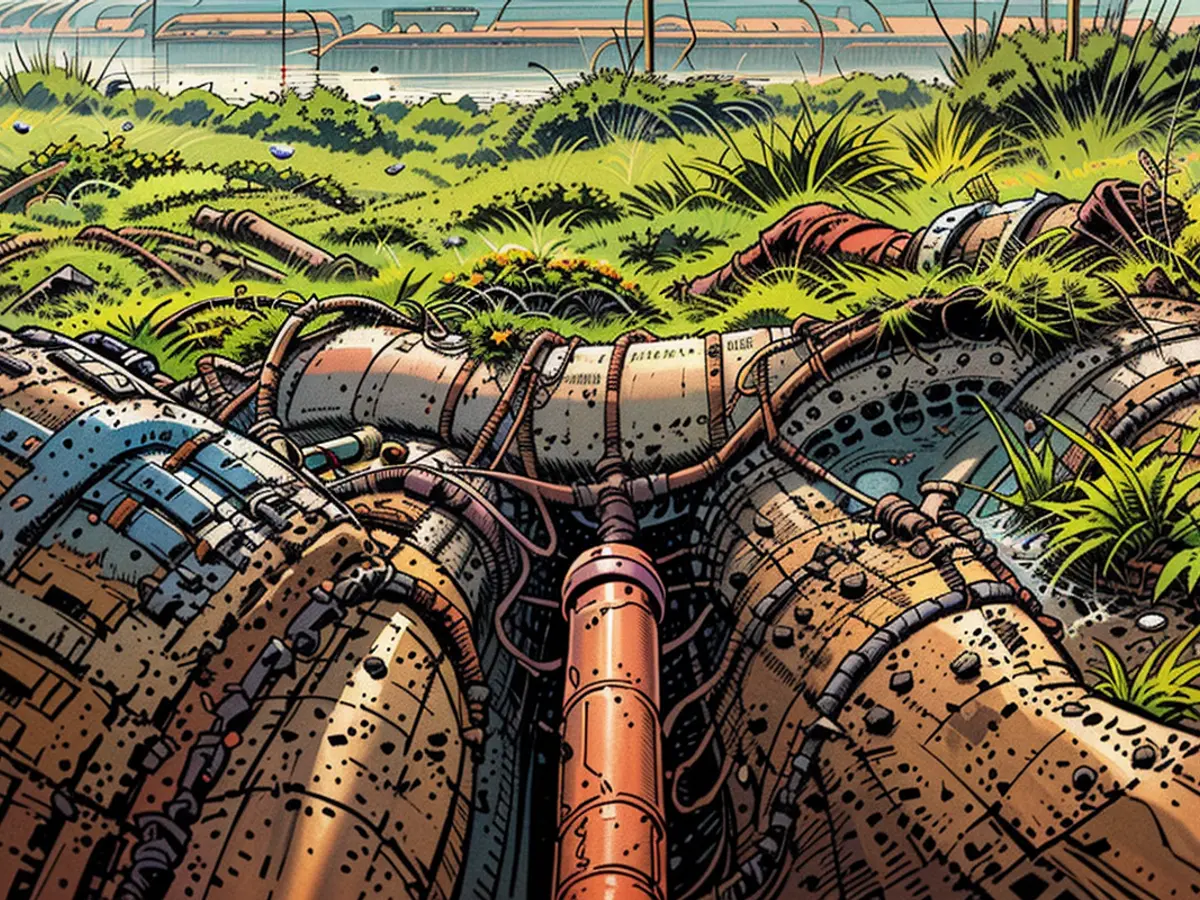Three Instances Where Utility Protection Plans Prove Valuable
As a new homeowner, you might be shocked to discover that you're responsible for the upkeep of the sewer and water lines that connect your house to the street. Although you didn't put them in place and don't own them, any issues with these pipes will be your problem financially. If a water line ruptures or a sewer pipe fails, you'll be the one footing the bill for the repairs.
Receiving a letter in the mail informing you that the cost of replacing or maintaining these pipes can range from $2,585 to $8,500, purchasing a utility protection plan, which is also known as service line insurance, might seem like a smart choice. For a modest fee, you'll have the satisfaction of knowing that you'll be covered for any sewer or water line problems that may arise. In many cases, these issues aren't covered by regular home insurance policies.
At first glance, it seems like a smart decision - but in most instances, you probably don't need to buy utility protection. There are several reasons why:
- The expenses associated with these repairs or replacements are often overestimated. The average cost for repairing a water line is only $950, with a maximum of $1,575. Sewer lines are more costly, with a high-end cost of $7,500, but typically average around $4,000. However, the majority of claims on these insurance policies are for much smaller sums.
- The likelihood of encountering a water or sewer line problem is surprisingly low. A study conducted by Utah State University estimated that water mains have an average lifespan of 125 years. According to a study conducted by The Wall Street Journal, the probability of requiring a water or sewer line repair in a year is less than 1%.
- You may be able to add utility line protection to your existing homeowner's insurance, which may be significantly cheaper than the utility provider. These policies often cost around $30-$40 per year.
Occasions when it's advisable to acquire a utility protection plan
In general, you probably don't need to buy line protection from your utility provider or any third-party company they've partnered with. However, there are specific situations where investing in this protection makes sense:
If you're unable to add it to your current homeowner's insurance, it's worth exploring other options. But even then, you're likely to only need such protection if your home meets one of these criteria:
- Your home is more than 50 years old and has not had its water or sewer lines replaced. According to a study, the usual replacement lifespan for water and sewer lines is approximately 125 years, and water mains typically have a lifespan of about 84 years. When your pipes reach their 60th birthday, the probability of a problem starts to increase. If your water and sewer lines are approaching their golden anniversary, a protection plan becomes more attractive.
There are several ways to determine the age of your water and sewer lines. You can conduct a permit search at your local construction office; even if the utility company or the county performed the work, there will be records to prove it. You could also descend into your basement or crawl space and examine the exposed pipes leading to your house. If they appear incredibly old and corroded, they most likely are. There may also be stamps on the pipes that can provide more information - this research may require the assistance of a plumber. Otherwise, try contacting your utility's customer service department to inquire about the history of your water/sewer lines.
- Other homes close by have experienced issues with their service lines. Speak to your neighbors. If three or more of them have encountered problems with burst water mains or sewer line replacements, it's a good indication that the plumbing in your neighborhood is old and at risk of failure. In this scenario, a protection plan could be a worthwhile investment.
- You're currently experiencing the symptoms of failing service lines. If you have chronic low water pressure or recurring sewer and sump backups, but your neighbors aren't, it's possible that your service lines are old, damaged, or clogged. If cleaning out your sewer line or inviting a plumber to investigate your water supply doesn't resolve the issue, a utility line protection plan may prove to be advantageous sooner rather than later.
Conclusion
Although it may seem like a practical decision, in most cases, you probably don't need to purchase utility protection from your utility provider or a third party. However, if your home meets any of the criteria mentioned above, it might be a smart choice to invest in this insurance. To verify the age of your water and sewer lines, try conducting a permit search, examining the pipes in your basement or crawl space, or contacting your utility's customer service department for information.
Read also:
While the average cost for repairing a water line is only $950, with a maximum of $1575, the high-end cost for sewer line replacement can reach $7500. In such cases, having a utility protection plan could provide financial relief.
Given that the likelihood of requiring a water or sewer line repair is less than 1% per year, you might want to consider adding utility line protection to your existing homeowner's insurance, which often costs around $30-$40 per year, instead of buying a separate plan from a utility provider.








